Motorola DROID Turbo vs Samsung Galaxy Note 4: in-depth specs comparison
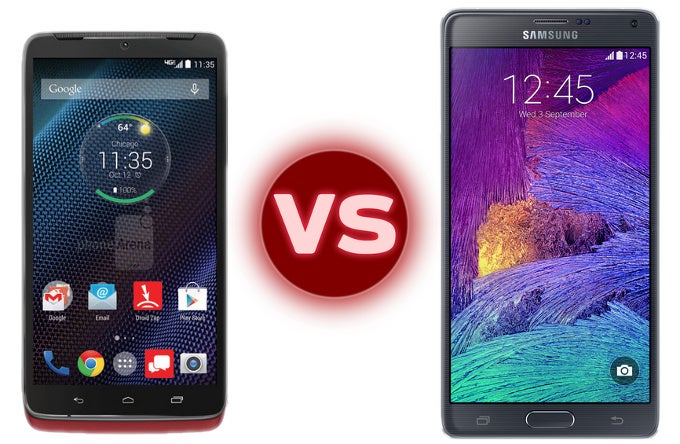
Design
Each one has its own take on "premium"

What sets the Note 4 phablet from the DROID Turbo is the S Pen stylus, which firmly rests in its own housing. At the same time, the Motorola can boast a front-facing speaker, whereas the Samsung can't. Another nail in Note 4's coffin is the splash-resistance of the DROID Turbo, courtesy of a special nano-coating. Samsung's phablet might be able to survive a close encounter with water, but the company mum's the word on its water-resistant abilities.
Being the newest device to hop directly onto the Quad HD bandwagon, the display of the DROID Turbo is among the most pixel-dense at the moment. Measuring 5.2 inches, this AMOLED embodiment has a resolution of 1440 x 2560 pixels, which puts its pixel density at the crazy value of 565ppi. The Galaxy Note 4 employs a 5.7-inch Super AMOLED display with the very same resolution as the DROID Turbo, yet its pixel density is a tad lower - "merely" 515ppi. Regardless of these numbers, it will be extremely hard to discern individual pixels from one another on both displays.
Display
A heated Quad HD AMOLED battle
Being the newest device to hop directly onto the Quad HD bandwagon, the display of the DROID Turbo is among the most pixel-dense at the moment. Measuring 5.2 inches, this AMOLED embodiment has a resolution of 1440 x 2560 pixels, which puts its pixel density at the crazy value of 565ppi. The Galaxy Note 4 employs a 5.7-inch Super AMOLED display with the very same resolution as the DROID Turbo, yet its pixel density is a tad lower - "merely" 515ppi. Regardless of these numbers, it will be extremely hard to discern individual pixels from one another on both displays.
The AMOLED technology aboard both phones also ensures that you'll be treated to high contrast, deep blacks, and good viewing angles. At the same time, the displays of both the Galaxy Note 4 and the Motorola DROID Turbo are protected by the accidental scratch or two, courtesy of the renowned Gorilla Glass 3.0.
Processor and memory
The same power-laden hardware setup means performance differences will be marginal
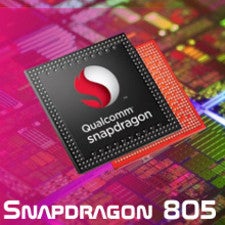
With the chipsets being the same in both handsets, the performance difference between the two devices will be courtesy of the software that's aboard them - Samsung's TouchWiz UI is way more resource-hungry than the almost-vanilla Android that can be found on the DROID Turbo. But we'll get to this a little bit later.
Interface and functionality
The feature-rich TouchWiz stands up to pure Android

TouchWiz might not be among the most loved custom Android firmwares in the wild, but few can argue that it's not among the most feature-rich ones. Apart from the numerous software goodnesses that Samsung has crammed inside the interface, the phablet also holds another solid argument - the whole new level of functionality the S Pen offers. With useful features like Smart Select, Action Memo, Image Clip, and Screen Write, few devices can rival the feature-laden portfolio that the Note 4 flaunts.
In the meantime, the DROID Turbo relies on stock Android, adorned with but a few of Motorola's own apps and features, like Moto Voice, Moto Actions, Moto Assist, Moto Display, the exclusive Zap Zone, Zap to TV, and Zap with Voice. Although not as feature-rich as the Note 4, the firmware of the DROID beast will most probably allow the latter to sport a better overall performance. Not to mention that it will surely appeal to fans of stock Android.
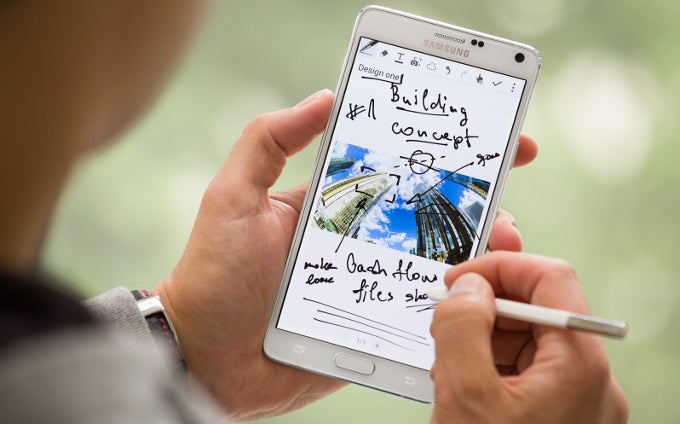
Battery
The current QHD record-holder might meet his demise in the form of DROID Turbo
Many expected the Quad HD Note 4 to have a slightly worse battery life than its 1080p predecessors, yet the phablet took us by surprise and became the most enduring handset with a pixel-rich Quad HD display aboard. Its 3,220mAh juicer is just marginally larger than Galaxy Note 3's 3,200mAh note, yet the Note 4 scored 8 hours and 43 minutes in our custom battery test. As a side comparison, the Note 3 endured for 6 hours and 8 minutes.
Nevertheless, it's highly likely that the Motorola DROID Turbo with its humongous 3,900mAh powerbank (the biggest in any Quad HD phone) and lightweight UI has all the potential to score higher than the Note 4 and snatch its crown. We would even speculate that the DROID might stand up to Sony's finest - the Xperia Z3. Still, we'll have to tinker with the DROID before we could put it on our battery-centric hall of fame. One thing is certain - its 3,900mAh will undoubtedly serve you a long time.
Camera
You can't go wrong with either
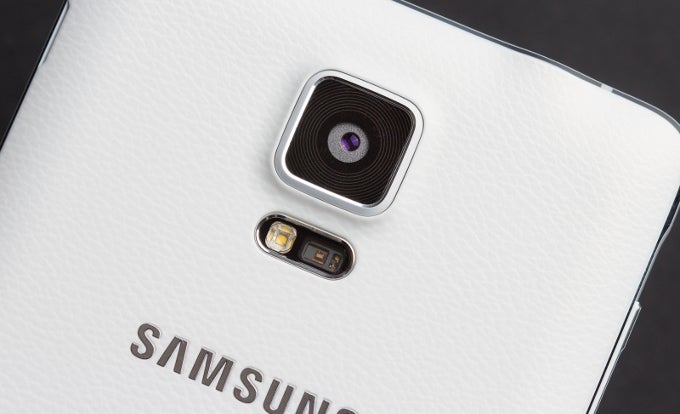
Both devices are both well-endowed in the camera department. It's true that the DROID Turbo is probably better specc'd on paper, as it sports a large, 21MP sensor with an aperture of f/2.0, complemented by a dual-LED flash. Meanwhile, the Note 4 has a 16MP snapper with an f/2.2 aperture in tow. Sound logic suggests that the sensor of the DROID allows more light inside itself, resulting in better results in low-light conditions, not to mention that the its larger sensor should produce more detailed images. We already shared our first camera samples from the Motorola DROID Turbo, yet we'll have to put the device next to the Note 4 in order to compare them under the same conditions.
As far as front-facing snappers are concerned, the Note 4 outscores the DROID Turbo. Samsung has crammed a 3.7MP shooter at the upper-right front of its phablet, while Motorola has decided that a 2MP front camera will suffice for the occasional selfie,
Both devices are capable of shooting a 4K video, yet the Note 4 can do so in 30fps, whereas the Motorola device reaches up to 24fps. At lower video resolutions, the phablet also rules supreme - the Note 4's capable of shooting a 1080p video at 60fps, while the DROID is only capable of 1080p video recording at 30fps.
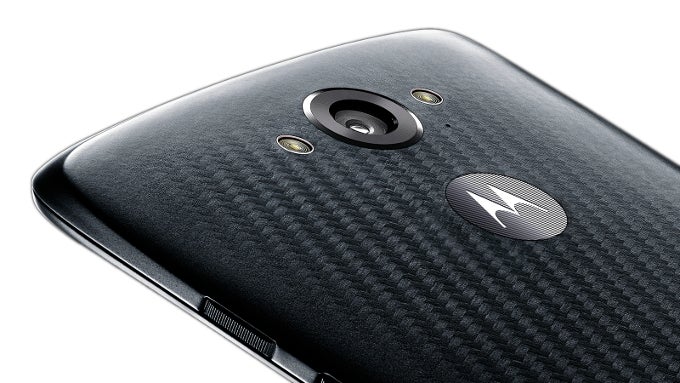
Expectations
As you know, the Motorola DROID Turbo is a Verizon-exclusive device, which is a hurdle for some potential adopters. The Note 4 is already available in most corners of the vast world and it should be truly available on a global scale by mid-November. Price-wise, you can get the 32GB version of the DROID Turbo from Big Red for $199 with a 2-year contract, while the 64GB one will se you back $249.99, both with 2-year contracts. Meanwhile, getting Samsung's newest phablet will cost you $299.99 with a 2-year contract.
Both are spectacular smartphones and each one has its own merits and highlights. The top-of-the-line hardware ensures that you both phones are as future-proof as it gets. You can go wrong with neither of them.
Both are spectacular smartphones and each one has its own merits and highlights. The top-of-the-line hardware ensures that you both phones are as future-proof as it gets. You can go wrong with neither of them.
Follow us on Google News
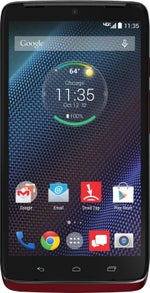
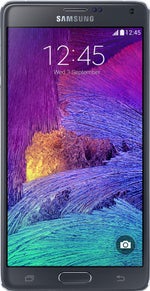








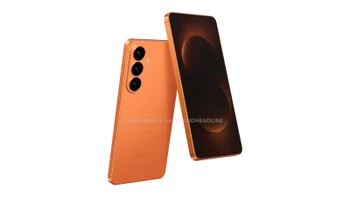
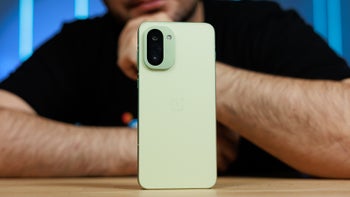
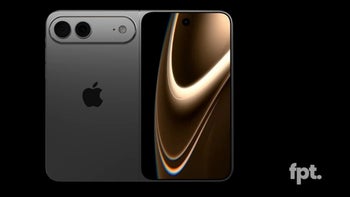
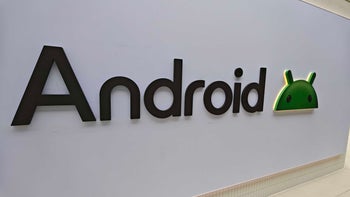


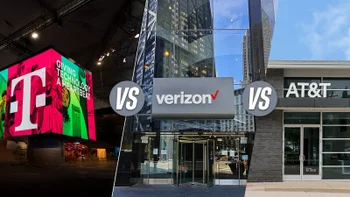
Things that are NOT allowed:
To help keep our community safe and free from spam, we apply temporary limits to newly created accounts: